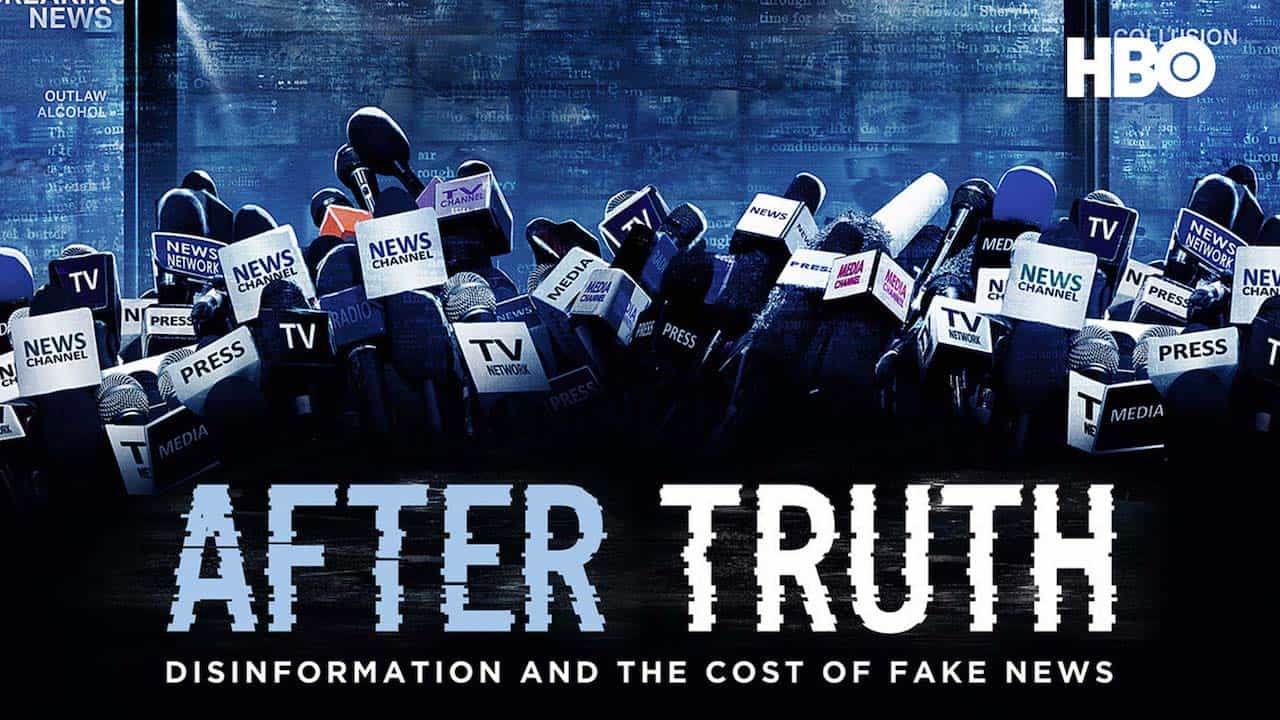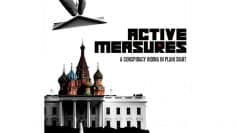After Truth: Disinformation and the Cost of Fake News
After Truth delves into the dangerous world of fake news and its real-world consequences. Directed by Andrew Rossi, it explores several high-profile cases of disinformation campaigns and their devastating impact on individuals and society at large.
The documentary focuses on notable instances of fake news, including the infamous “Pizzagate” conspiracy theory, which led to an armed attack on a Washington D.C. pizza restaurant. It also examines the disinformation campaigns that influenced the 2016 U.S. presidential election and the Jade Helm conspiracy theory. Through these case studies, it illustrates how false information can spread rapidly and cause significant harm to innocent people.
The film emphasis the human toll of disinformation, featuring interviews with victims of fake news and putting real faces to the consequences of these malicious campaigns. For example, it highlights the emotional impact on James Alefantis, the owner of Comet Ping Pong pizza parlor, who became the target of the Pizzagate conspiracy. By showcasing these personal stories, it brings home the real-world effects of online disinformation.
The role of social media platforms in the spread of fake news is also explored. It looks at how companies like Facebook and Twitter have enabled the rapid dissemination of false information, often with little accountability. It raises important questions about the responsibility of these tech giants in combating disinformation.
Beyond exposing the problem, the documentary offers insights into potential solutions. It features interviews with journalists, researchers, and experts who are working to combat fake news and promote media literacy. It emphasizes the importance of critical thinking and fact-checking in the digital age, encouraging viewers to be more discerning consumers of information.
While the subject matter is undoubtedly serious, the film maintains an engaging and accessible approach. It uses a combination of interviews, news footage, and expert analysis to present a comprehensive picture of the fake news phenomenon. The structure, which moves from one case study to another, helps to illustrate the wide-ranging impact of disinformation across different sectors of society.










